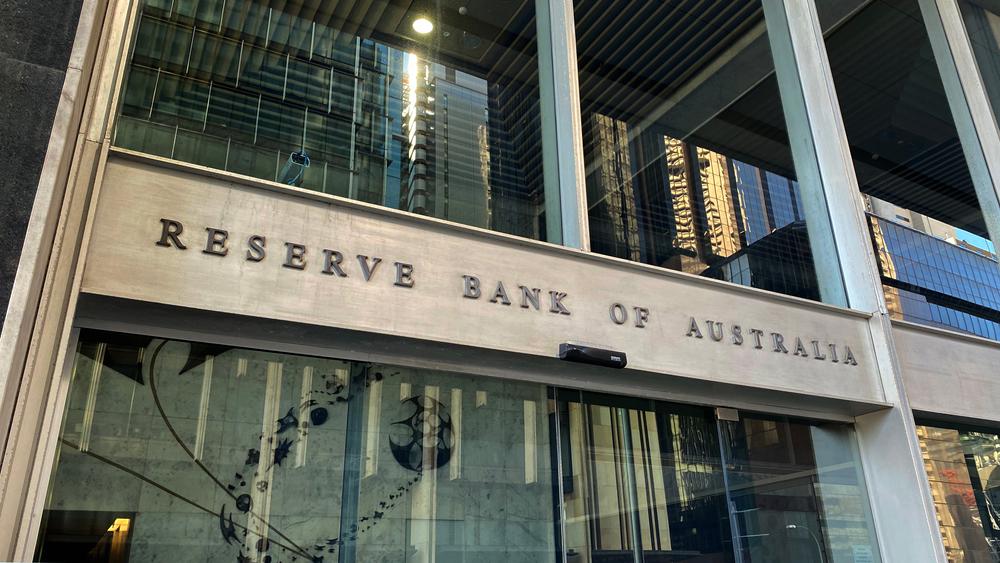The Reserve Bank of Australia (RBA) held its benchmark interest rate steady at 4.1% on Tuesday, aligning with market expectations. The decision comes after a 25 basis point rate cut in February and ahead of the upcoming federal elections in early May.
Despite recent declines in inflation and labor market activity, the RBA remains cautious. The central bank noted that inflation is easing in line with forecasts but warned of potential risks of a rebound. As a result, policymakers reiterated their commitment to a data-dependent approach and emphasized that bringing inflation back to the 2% to 3% target range remains the top priority.
The RBA highlighted concerns over global headwinds, including the impact of U.S. trade tariffs and rising geopolitical tensions, which could weigh on global economic growth. Domestically, while Australia's labor market remains tight, weak productivity growth and soft consumer spending pose challenges to sustained recovery.
Although income growth is expected to support consumption, the RBA warned that spending may remain subdued, potentially leading to a sharper downturn in employment and overall economic performance. Analysts anticipate a possible 25 basis point rate cut in May following the elections, but the RBA is expected to maintain a cautious and shallow easing cycle amid lingering economic uncertainties.
With inflation cooling and growth prospects uncertain, the RBA’s pause signals a careful balancing act between supporting the economy and ensuring inflation remains under control. Investors and economists now closely watch upcoming data releases to gauge the central bank's next move.



 RBA Signals Possible Rate Implications as Inflation Proves More Persistent
RBA Signals Possible Rate Implications as Inflation Proves More Persistent  RBI Cuts Repo Rate to 5.25% as Inflation Cools and Growth Outlook Strengthens
RBI Cuts Repo Rate to 5.25% as Inflation Cools and Growth Outlook Strengthens  Germany’s Economic Recovery Slows as Trade Tensions and Rising Costs Weigh on Growth
Germany’s Economic Recovery Slows as Trade Tensions and Rising Costs Weigh on Growth  BOJ Governor Ueda Highlights Uncertainty Over Future Interest Rate Hikes
BOJ Governor Ueda Highlights Uncertainty Over Future Interest Rate Hikes  Australia’s Economic Growth Slows in Q3 Despite Strong Investment Activity
Australia’s Economic Growth Slows in Q3 Despite Strong Investment Activity  Gold Prices Steady as Markets Await Key U.S. Data and Expected Fed Rate Cut
Gold Prices Steady as Markets Await Key U.S. Data and Expected Fed Rate Cut  Europe Confronts Rising Competitive Pressure as China Accelerates Export-Led Growth
Europe Confronts Rising Competitive Pressure as China Accelerates Export-Led Growth  Asia’s IPO Market Set for Strong Growth as China and India Drive Investor Diversification
Asia’s IPO Market Set for Strong Growth as China and India Drive Investor Diversification  China Urged to Prioritize Economy Over Territorial Ambitions, Says Taiwan’s President Lai
China Urged to Prioritize Economy Over Territorial Ambitions, Says Taiwan’s President Lai  RBNZ Cuts Interest Rates Again as Inflation Cools and Recovery Remains Fragile
RBNZ Cuts Interest Rates Again as Inflation Cools and Recovery Remains Fragile  Brazil Central Bank Plans $2 Billion Dollar Auctions to Support FX Liquidity
Brazil Central Bank Plans $2 Billion Dollar Auctions to Support FX Liquidity  U.S. Futures Steady as Rate-Cut Bets Rise on Soft Labor Data
U.S. Futures Steady as Rate-Cut Bets Rise on Soft Labor Data  Japan’s Inflation Edges Higher in October as BOJ Faces Growing Pressure to Hike Rates
Japan’s Inflation Edges Higher in October as BOJ Faces Growing Pressure to Hike Rates  Asian Currencies Steady as Markets Await Fed Rate Decision; Indian Rupee Hits New Record Low
Asian Currencies Steady as Markets Await Fed Rate Decision; Indian Rupee Hits New Record Low 































